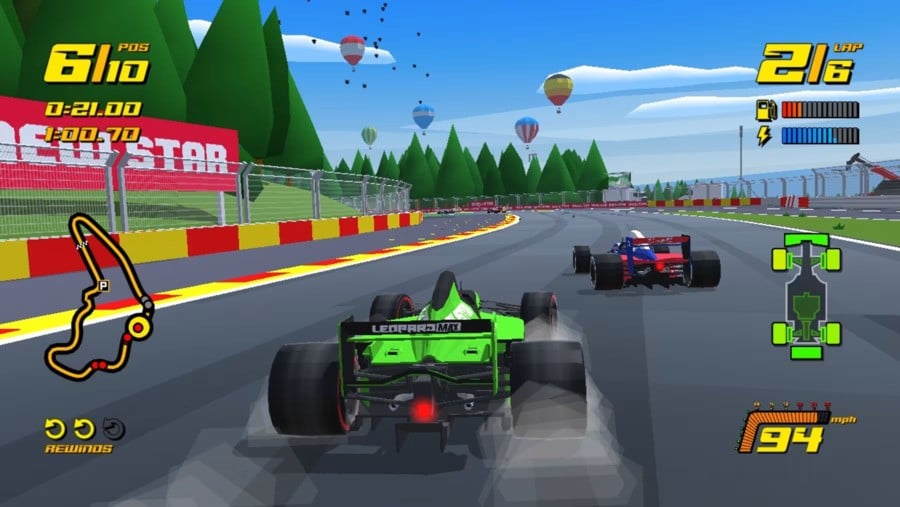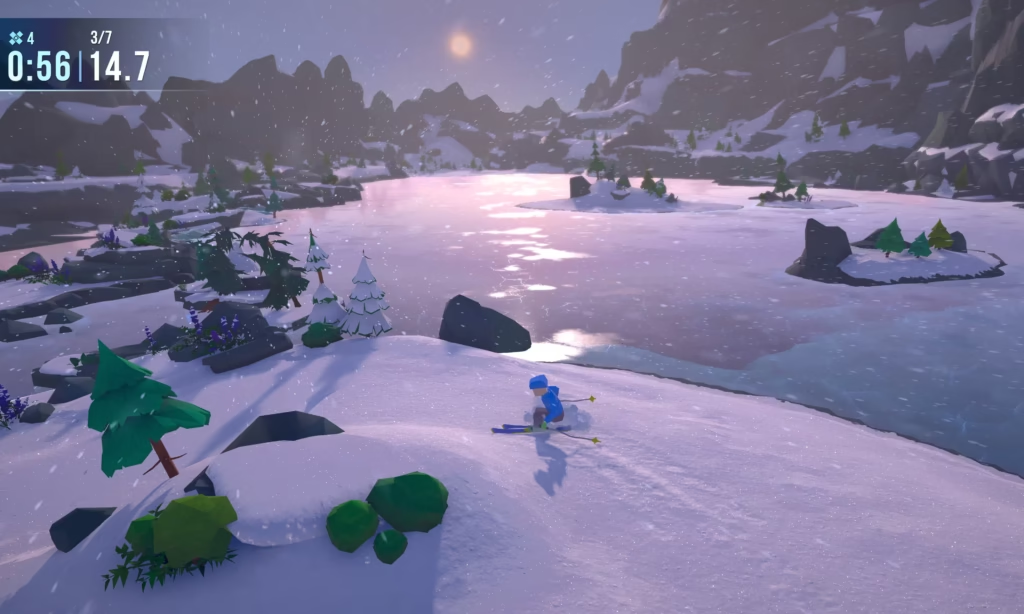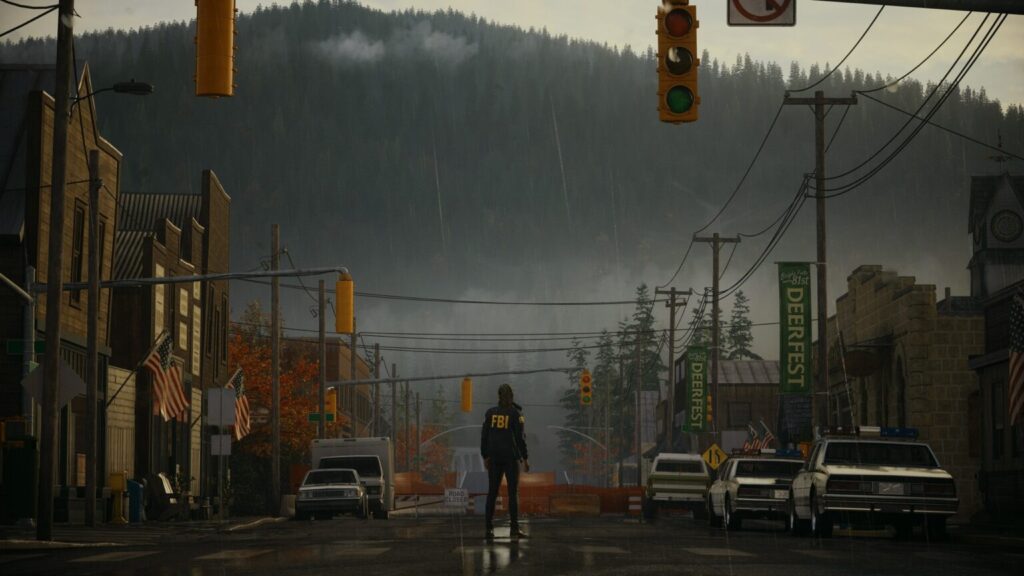
New Star GP is like the tapas of racing games. The game serves a little of classical arcade racing in its driving mechanics and visuals, some simulation in tyre choice and pit strategy, a portion of Need for Speed-style upgrades, and even – dare I say it – a touch of Mario Kart in the rocket boost mechanics.
All this gives the game a “jack of all trades, master of none” feel. Some parts work better than others, however. I enjoyed the combination of the arcade-y driving and visuals with the simulation-style strategy of managing your tires and fuel. This created some real nail-biting moments when I tried to push for just-one-more-lap whilst my fuel reached its last bar, or as the rain started to fall more heavily.
I also liked the multiple game-modes embedded into the long career, keeping the game fairly fresh even when the driving mechanics became quite stale. A particular highlight was pissing off a competitor in a race so severely they angrily challenge you to a one-on-one rivals race later on. Moments like this give the game a real sense of charm.
Other parts did not work, however. The need to manage your team in between races – presumably inspired by games like F1 Manager – felt redundant at best and frustrating at worst. Keeping my commercial manager happy, for example, clearly had little bearing on the game itself, especially when you’re given the option to literally buy their happiness at a cheap price. Hiring and firing staff members also felt pointless and more hassle than it was worth.
Other elements didn’t just feel redundant, but negatively affected the gameplay experience. Upgrading your car, for example, felt significantly unbalanced. The gimmick is that over the course of each 10-grand prix season, you and your opponents must upgrade your car to stay competitive. However, it’s pretty clear that your opponent is not actually upgrading, but rather that the AI difficulty is just adapting to your skill level. This creates an artificial feeling of difficulty that tries to make your upgrades feeling meaningful, but instead creates an oscillating effect where if one race is too easy, the next will be difficult, and vice versa. The difficulty problems are only worsened when you realize that it is only you that gets the nitro-boost mechanic each lap, giving you a clear unfair advantage over your AI opponents.
Ultimately, New Star GP tries to do too much, sacrificing technical depth for superfluous and sometimes overbearing mechanics. Just like tapas, the game is satisfying enough, but you come away still a little hungry for more.



